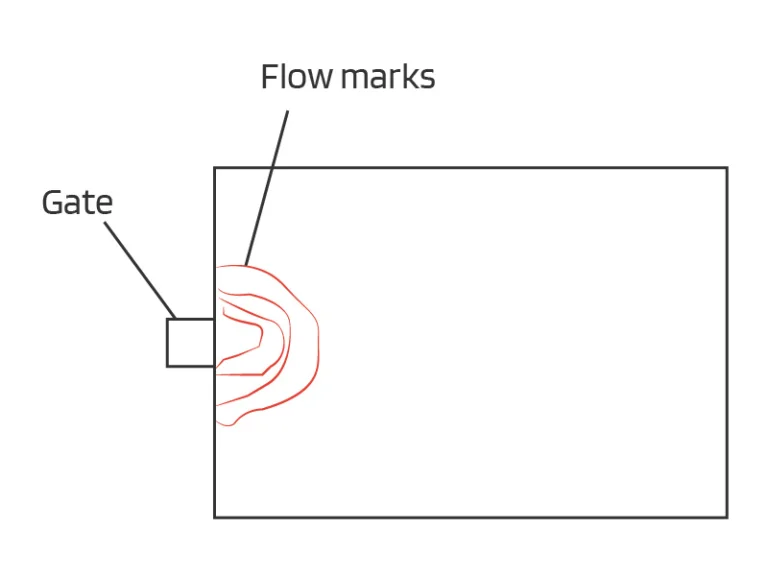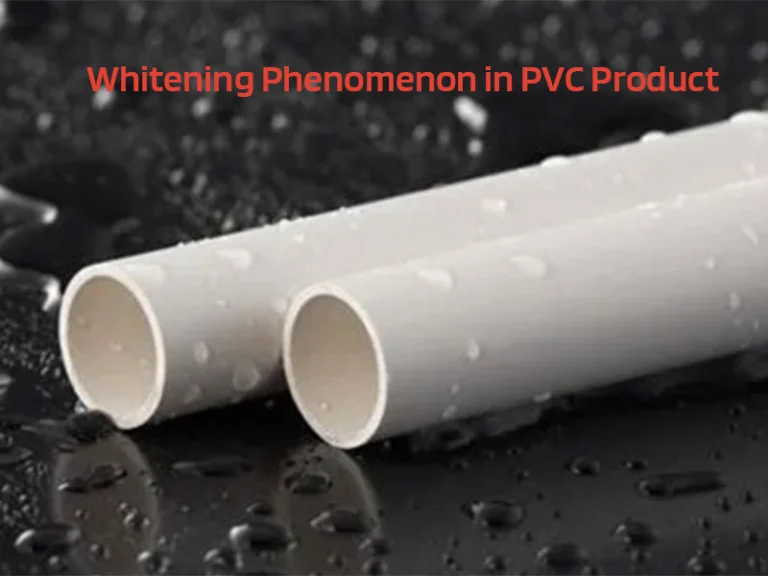Plastic molding processes are essential in the manufacturing industry, enabling the production of a wide range of plastic products. This guide explores the types of plastic molding processes, compares their characteristics, and provides insights into choosing the right process for your specific needs. From injection molding to compression molding, we’ll dive into the world of plastic molding and help you make informed decisions for your projects.
Types of Plastic Molding Processes
Plastic molding encompasses a diverse set of techniques that transform raw plastic materials into finished products. Each molding process has its own unique characteristics and applications. Here are 6 common plastic molding processes as below:
Injection Molding:
Injection molding is one of the most widely used plastic molding processes. It involves injecting molten plastic material into a mold cavity, allowing it to cool and solidify to form the desired shape. Injection molding is known for its versatility, precision, and high production efficiency, making it suitable for a wide range of products, including automotive parts, consumer electronics, and medical devices.
Common Use of Plastic Injection Molding:
Injection molding is well-suited for producing plastic bottle caps because it allows for high production volumes and precise detailing. The process ensures consistent dimensions, tight tolerances, and a smooth finish, making it ideal for creating the threaded closures required for bottle caps.
Compression Molding:
Compression molding is a plastic molding process that involves placing a pre-measured amount of plastic material into a heated mold cavity. The mold is then closed, and pressure is applied to compress and shape the material. This process is commonly used for manufacturing larger, thicker parts such as automotive components, appliance parts, and electrical insulators.
Common Use of Plastic Compression Molding:
Compression molding is commonly used for electrical switch plates due to its ability to handle larger and thicker parts. The process enables the production of switch plates with intricate designs, durable construction, and excellent electrical insulation properties, meeting the requirements for electrical applications.
Blow Molding:
Blow molding is used to create hollow plastic parts, such as bottles, containers, and automotive fuel tanks. It involves melting plastic resin and extruding it into a tube-like parison. The parison is then placed in a mold cavity, and compressed air is blown into it to expand and conform the plastic to the mold’s shape.
Common Use of Plastic Blow Molding:
Blow molding is an ideal process for manufacturing plastic water bottles. It allows for the production of hollow containers with consistent wall thickness and intricate shapes. The process’s versatility enables the creation of various bottle designs, including ergonomic grips, curved necks, and custom branding options.

Extrusion Molding:
Extrusion molding is a continuous process where plastic material is melted and forced through a die to form a specific cross-sectional shape. This method is commonly used for producing products with a consistent profile, such as pipes, tubes, and profiles for construction and automotive applications.
Common Use of Plastic Extrusion Molding:
Extrusion molding is widely used in the production of PVC pipes. The process enables continuous production of pipes with uniform cross-sections and long lengths. Extrusion allows for tight control over dimensions, strength, and surface finish, ensuring the pipes meet the required standards for plumbing, irrigation, and construction applications.

Rotational Molding:
Rotational molding, also known as rotomolding, is a process that involves rotating a mold filled with powdered plastic material in an oven. The rotation allows the plastic to evenly coat the mold’s inner surface and form the desired shape as it melts and fuses together. This method is often used for creating large, hollow products like storage tanks, playground equipment, and kayaks.
Common Use of Plastic Rotational Molding:
Rotational molding is often employed for manufacturing kayaks. The process allows for the production of large, seamless, and durable plastic shells. Rotomolded kayaks offer excellent impact resistance, buoyancy, and weight distribution, making them suitable for recreational and professional use in water sports.

Thermoforming:
Thermoforming is a plastic molding process that uses heat to soften a plastic sheet, which is then shaped over a mold using vacuum or pressure. This technique is commonly used for producing packaging materials, disposable cups and trays, and automotive interior components.
Common Use of Plastic Thermoforming:
Thermoforming is commonly used for producing disposable food containers made of plastic. The process allows for efficient and cost-effective production of containers with various shapes and sizes. Thermoformed containers offer good heat resistance, easy stackability, and excellent clarity, making them suitable for food packaging and takeout applications.
Each type of plastic molding process has its unique characteristics and applications. Understanding these variations can help you determine the most suitable method for your specific product requirements.

Factors to Consider When Choosing a Plastic Molding Process
When choosing a plastic molding process, there are several key factors to consider:
Part Design and Complexity:
Evaluate the complexity of your part design and determine if the molding process can effectively reproduce the desired features. Some processes may be better suited for intricate designs, while others are more suitable for simpler shapes.
Production Volume:
Consider the desired production volume. Some processes, like injection molding, are well-suited for high-volume production, while others, like compression molding or rotational molding, are better for smaller or medium production runs.
Cost Considerations:
Analyze the cost implications of each molding process. This includes tooling costs, material costs, labor costs, and any secondary operations required. Consider the overall cost-effectiveness of the process for your specific project.
Material Selection:
Different molding processes may have limitations on the types of materials that can be used. Ensure that the chosen process is compatible with the desired material properties and characteristics.
Click to learn how to choose the right plastic materials for your molding parts.
Time Constraints:
Evaluate the time constraints of your project. Some processes may have shorter cycle times and faster production rates, while others may require more time for cooling or curing.
Part Quality Requirements:
Consider the desired quality and precision of the final molded parts. Evaluate the dimensional accuracy, surface finish, and other quality parameters that are important for your application.
Plastic Molding Processes Comparison
The comparison table below outlines several key factors to consider when evaluating different plastic molding processes. Here is a breakdown of the factors:
Plastic Molding Process | Complexity | Cycle Time | Production Volume | Tooling Costs | Material Selection | Part Quality |
Injection Molding | High | Medium | High | High | ABS, PP, PC, PE, Nylon, PVC, etc. | Excellent |
Compression Molding | Medium | Medium | Low to Medium | Medium | HDPE, PPS, PF, etc. | Good |
Blow Molding | Low | Medium | High | Medium | HDPE, PET, PVC, PP, etc. | Good |
Extrusion Molding | Low | Low | High | Low | PVC, ABS, PE, PP, PS, etc. | Fair |
Rotational Molding | High | High | Low to Medium | High | Polyethylene, Polypropylene, etc. | Fair |
Thermoforming | Medium | Medium | High | Low | ABS, PET, PVC, Polystyrene, etc. | Good |
Conclusion
In summary, understanding the different plastic molding processes is essential for making informed decisions in product development. Factors such as complexity, cycle time, production volume, tooling costs, material selection, and part quality play a significant role in choosing the right process. By carefully evaluating these factors and considering project requirements, manufacturers can optimize production, reduce costs, and achieve high-quality parts. Each molding process offers unique benefits and considerations, and it is crucial to select the most suitable process based on specific project needs.
At Zhongde, we pride ourselves on being a reliable on-demand manufacturer that provides expert advice and services to meet our customers’ unique requirements. You can reach out to us for a prompt quote and exceptional assistance.
Start A New Project With Zhongde Now!
- All information and uploads are secure and confidential




